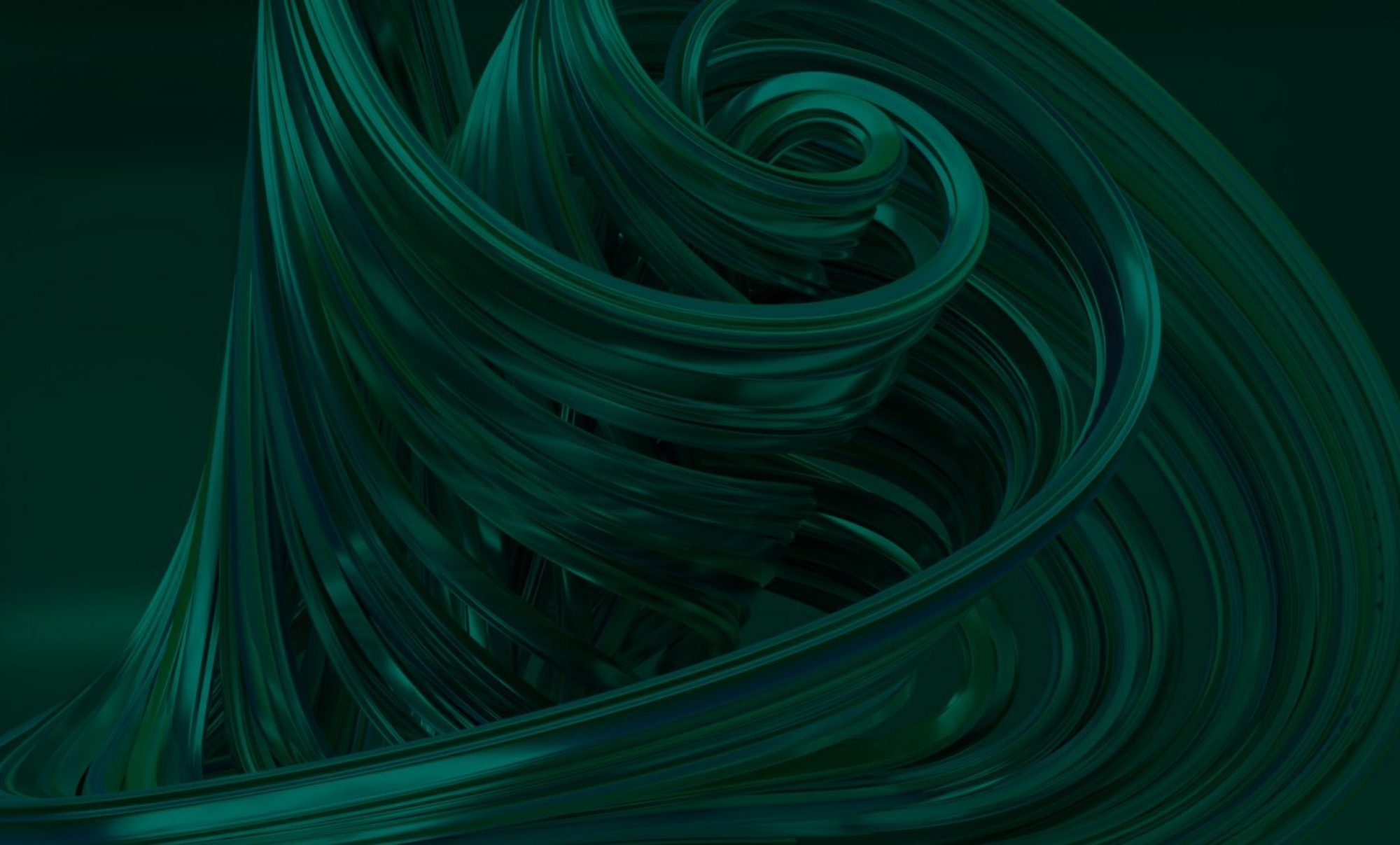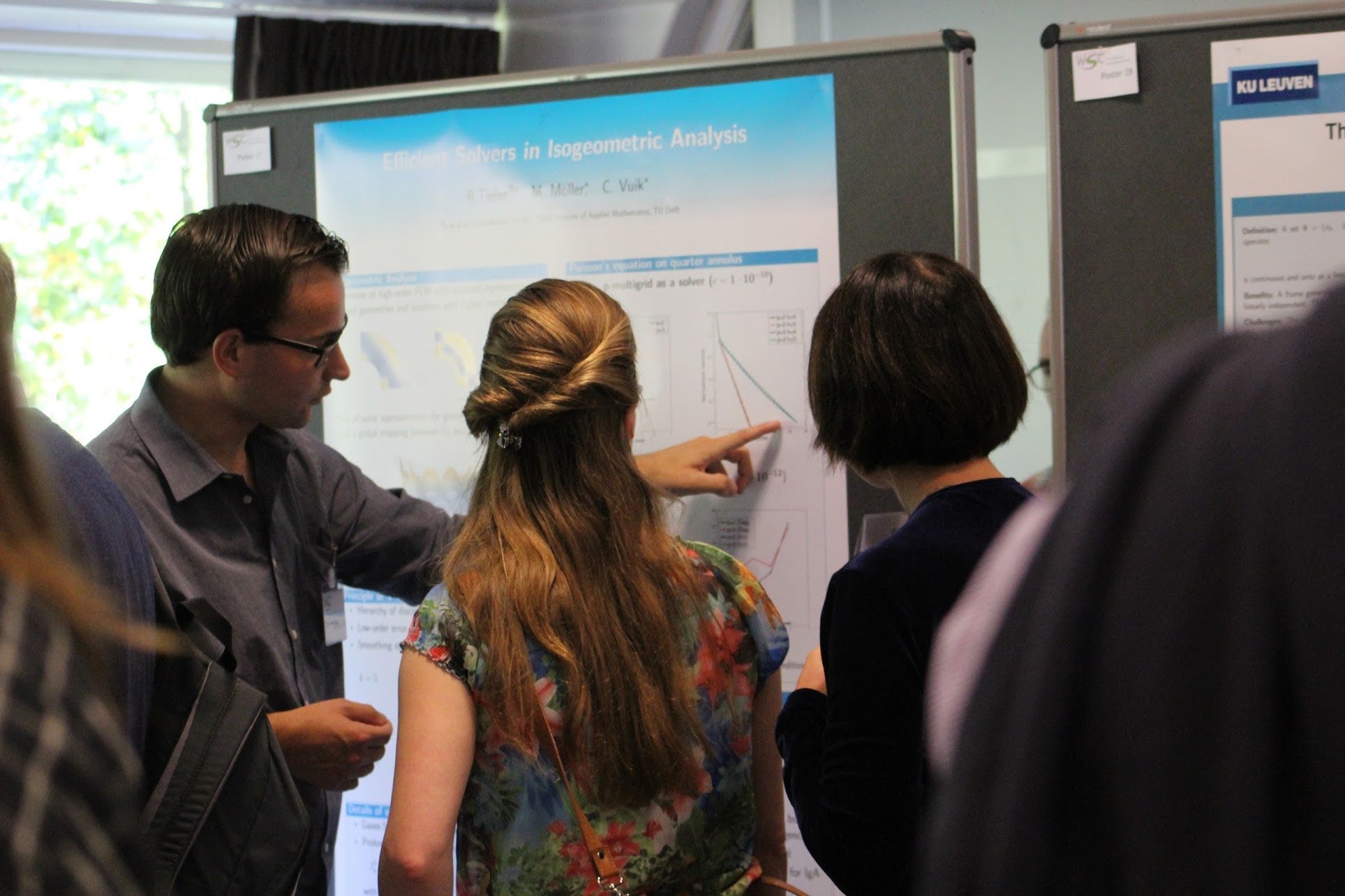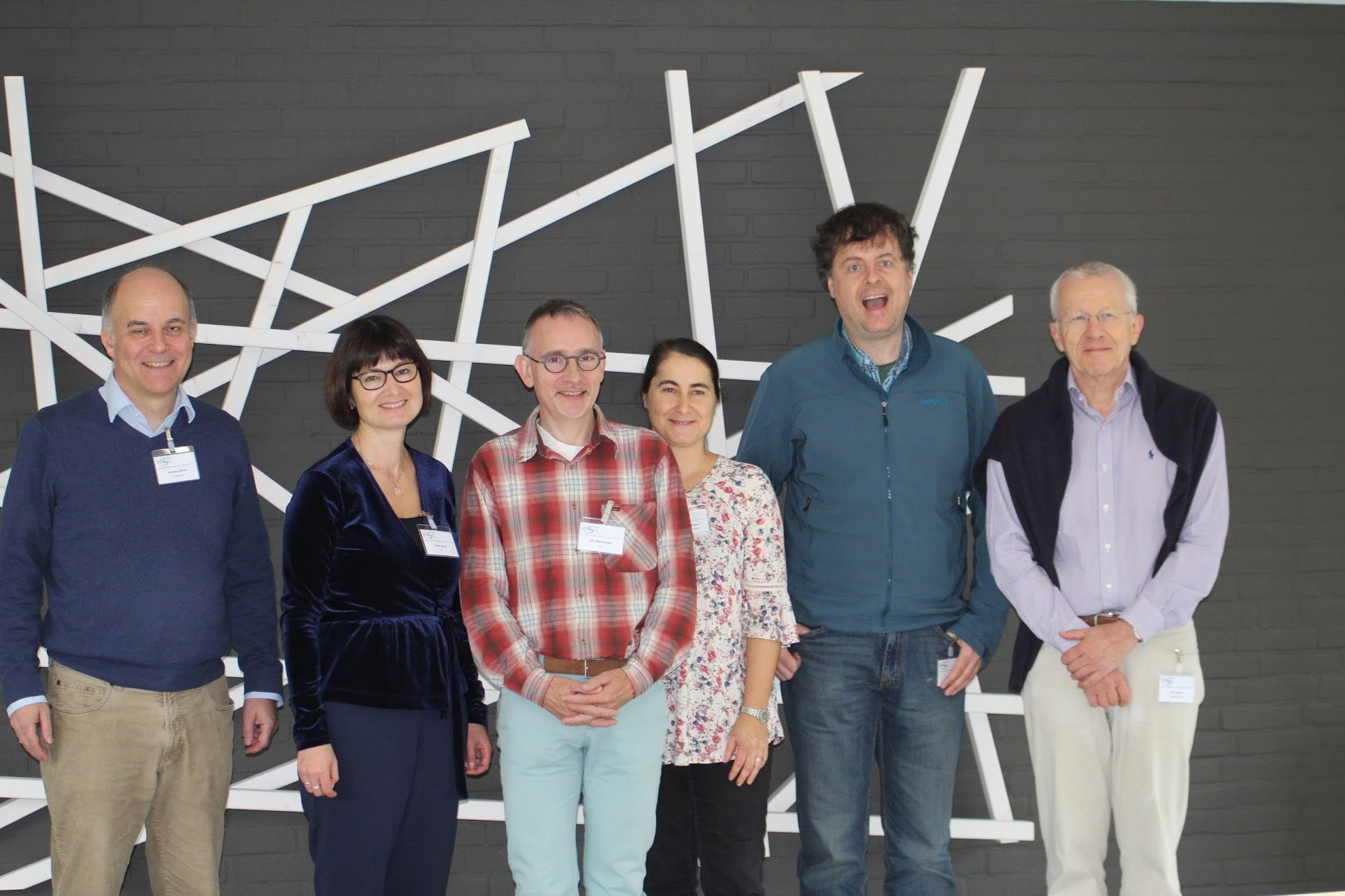
Woudschoten Conference: Highlight for Applied Mathematicians
The forty-second Woudschoten Conference was held at the Woudschoten Conference Centre, Zeist, The Netherlands from 4-6 October 2017. This conference is organized by the Dutch-Flemish Scientific Computing Society, and gathers all Flemish and Dutch researchers in Numerical Analysis and Scientific Computing. VORtech is one of the sponsors of this conference, since the company uses numerical analysis very often. This meeting is therefore important and valuable: we can closely follow the newest numerical developments. VORtech was represented by Applied Mathematicians Bas van ‘t Hof, Martien Oppeneer, and Thea Kik-Vuik.

During the conference, interesting presentations were given about the topics eigenvalue problems (Francoise Tisseur and Karl Meerbergen), numerical methods for social media and network problems (Hans De Sterck and Nelly Litvak), and semi-smooth Newton methods (Karl Kunisch and Michael Ulbrich). We have learned about networks, available toolboxes (for example, the NLEVP Matlab toolbox for nonlinear eigenvalue problems), Google PageRank, node centrality, the friendship paradox, wikirank en Krylov methods. In our work, we often need to solve (nonlinear) eigenvalue problems, and it was good to see several standard methods. Also the presentations about networks were very interesting, since this is a relatively new topic, and the underlying mathematics was relatively easy. VORtech works on some projects in which networks are used, and node centrality or distances in graphs could be of interest for us. Hans De Sterck showed an interesting animation about the spread of ebola in Africa in 2015. Therefore, mutations of the virus were investigated to find out which travels of persons have led to new hot spots.
There was also a lively poster session, where thirty PhD students explained their research to the visitors. Several poster topics were Multilevel Monte Carlo methods, Uncertainty Quantification, data assimilation, machine learning, biomath, numerical linear algebra, discretization methods, porous media and two-phase flows.
More than eighty participants from fourteen different institutes and universities were present during the conference. We have met many people and already look forward to the next edition!
